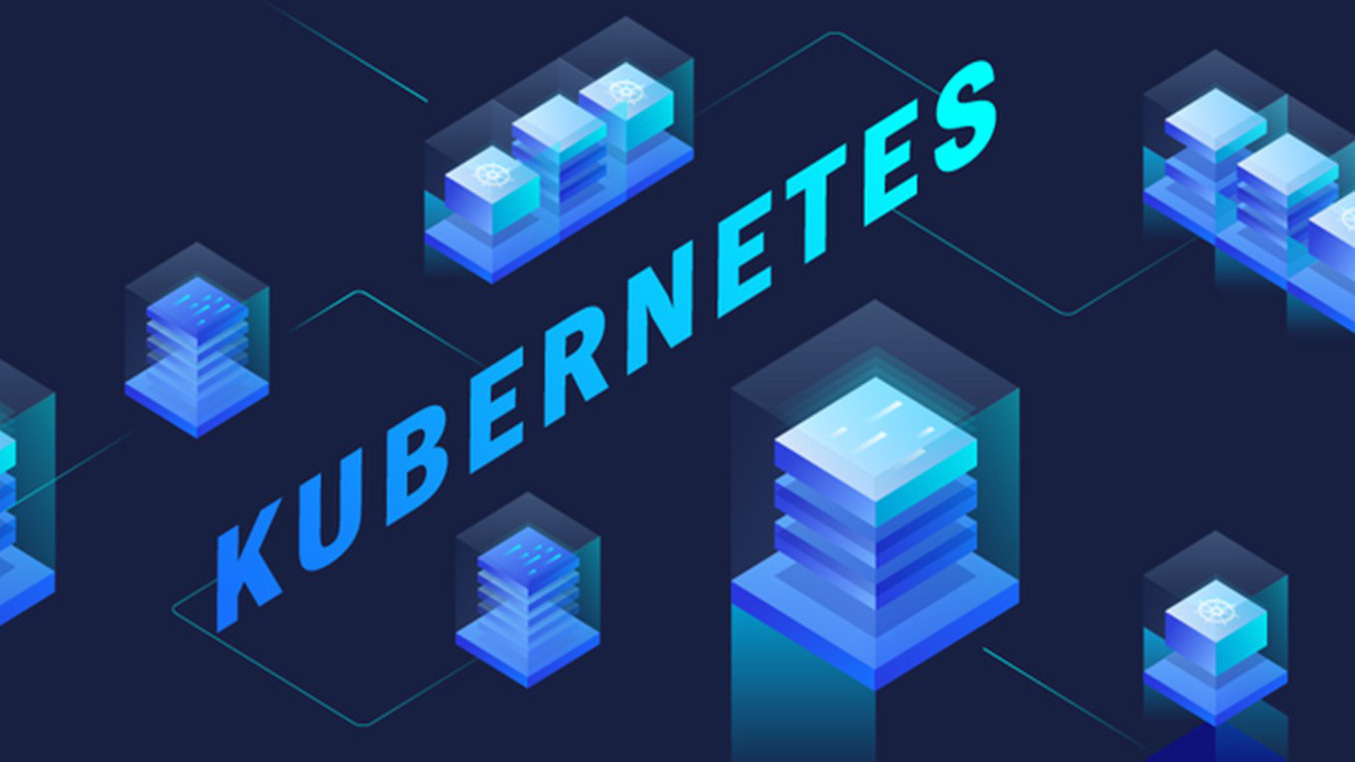Kubernetes Cluster Basics

A Kubernetes cluster is a collection of nodes that run containerized applications. If you run kubernetes, you run a cluster.
At its simplest, a cluster consists of a control plane and one or more servers or nodes. The control plane is responsible for maintaining the desired state of the cluster, such as which applications are running and which container images are being used. The nodes control the applications and workloads. Let's learn the basics of Kubernetes clusters with TipsMake through the article below.
Learn more: What is Kubernetes? Roles and common terms
Clusters are the core power of Kubernetes: the ability to schedule and run containers across a group of machines, either on-premises or in the cloud. Kubernetes containers are not tied to individual machines. Instead, they are managed as a cluster.
How to operate Kubernetes clusters?
A Kubernetes cluster reaches its desired state when it has defined the applications or workloads that will run, along with which images will be used, what resources need to be provisioned, and other configuration details.
The desired state is defined by configuration files made up of manifests in JSON or YAML that declare the type of application to run and the number of copies required to ensure robust system operation.
The desired state of the cluster is determined based on the Kubernetes API. They can be done from the command line (using kubectl) or using the API to interact with the cluster to set or edit the desired state.
Kubernetes automatically manages clusters to match the desired state. For example, if you deploy an application with a desired state of '3', there will be 3 copies of the application running. If one of the containers fails, Kubernetes will assess that there are only 2 copies left running and it will create 1 more copy to maintain the desired state.
You might also like: Provision Kubernetes Clusters on Linode with Terraform
How does a cluster relate to a node, a group, and other parts?
As we understand, a cluster is a collection of nodes. To understand how a cluster works, let's look at some more kubernetes terminology:
Control plane: The set of processes that control Kubernetes nodes. This is where all requested tasks originate.
Nodes: Machines that perform tasks requested by the control layer
Pod: A collection of one or more containers deployed on a node. A pod is the smallest and simplest Kubernetes instance.
Service: A way to expose applications running in a set of Pods as network services.
Volume: A directory containing data, accessible by containers in a pod. A kubernetes volume has a lifetime equal to the pod it is in. And the data is kept intact when the container is restarted.
Namespace: Is a group of resources: Pod, Volume, Service. logically independent. We can divide environments based on namespace or projects based on namespace.

What is Kubernetes cluster management?
In today's cloud computing landscape, Kubernetes environments are highly distributed. They can be set up across multiple data centers, such as physical infrastructure, in the public cloud, or at the edge.
Enterprises that want to use Kubernetes at scale or in production need to have multiple clusters (such as for development, test, and production) distributed across environments and manage them efficiently.
Managing too many clusters is actually a challenge. It will take a team and a lot of time just for this job. However, it is possible to simplify the process, reduce effort and save costs for operations and infrastructure to the maximum through automated tools. Bizfly Kubernetes Engine - Deploying and operating Kubernetes 100% automatically, just a few CLICKS - is a solution researched and developed by TipsMake to optimally serve the Vietnamese market. Now, managing and operating Kubernetes has never been easier, deploying and developing applications has also become much simpler.
You should read it
- Establish effective cloud security platform with 5 basic steps
- A 30-ton meteorite was discovered hitting Earth 4,000 years ago
- 18 images illustrate exactly what happens when a girl lives alone
- 9 websites watching videos like YouTube
- Very interesting free AR applications on iOS 11 and download links
- Will notebook prices increase?
 How to Install Go on Windows
How to Install Go on Windows 11 Best Programming Games to Test and Develop Your Coding Skills
11 Best Programming Games to Test and Develop Your Coding Skills Excel 2016 - Lesson 2: Learn about OneDrive - Complete guide to Excel 2016
Excel 2016 - Lesson 2: Learn about OneDrive - Complete guide to Excel 2016 Learn how to create a fade effect with Photoshop CS6
Learn how to create a fade effect with Photoshop CS6 PowerPoint 2016: Create and open a presentation
PowerPoint 2016: Create and open a presentation PowerPoint 2016: Working with lists in PowerPoint
PowerPoint 2016: Working with lists in PowerPoint